Birds of Global Conservation Concern in the Albertine Rift
The Albertine Rift is a region of unparalleled biodiversity, spanning parts of Uganda, Rwanda, Burundi, Tanzania, and the Democratic Republic of Congo. This area is home to numerous endemic species, many of which are of global conservation concern. In this blog post, we'll explore some of the most remarkable bird species in the Albertine Rift that are facing conservation challenges and highlight the efforts being made to protect them.
Grauer’s Cuckoo-Shrike (Coracina graueri)
Grauer’s Cuckoo-Shrike, also known as the Albertine Cuckoo-Shrike, is a striking bird with a distinctive appearance. This species inhabits high-altitude forests, where it is often seen foraging for insects and fruits. Its sleek, gray plumage and sharp calls make it a standout in the forest canopy. Unfortunately, deforestation and habitat fragmentation pose significant threats to its population, making conservation efforts critical.
Kivu Ground Thrush (Zoothera tanganjicae)
Known for its melodious song and secretive behavior, the Kivu Ground Thrush is a shy inhabitant of high-altitude forests. Its beautiful, flute-like notes can be heard resonating through the forest, especially during the breeding season. The Kivu Ground Thrush forages on the forest floor for insects, small invertebrates, and fallen fruits. Habitat loss due to deforestation is a significant threat to this species, highlighting the need for concerted conservation efforts.
Grauer’s Scrub Warbler (Bradypterus graueri)
Grauer’s Scrub Warbler is an elusive bird that inhabits high-altitude forests and bamboo thickets. Named after the Austrian zoologist Rudolf Grauer, this warbler is known for its drab brown plumage, which provides excellent camouflage. Its call is a series of high-pitched, rapid notes that blend into the forest sounds. The warbler's secretive nature and specific habitat needs make it a key indicator of forest health, underscoring the need for habitat protection.
Dwarf Honeyguide (Indicator pumilio)
The Dwarf Honeyguide is a small, yet significant bird, often overlooked due to its size. This species is of global conservation concern primarily because of its limited range and specialized habitat requirements. Found in the montane forests of the Albertine Rift, the Dwarf Honeyguide feeds on beeswax and bee larvae, a unique dietary adaptation. Its elusive nature and preference for dense forest habitats make it a challenging bird to spot, but vital to protect.
Chapin’s Flycatcher (Muscicapa lendu)
Chapin’s Flycatcher is an endemic species named after the renowned American ornithologist James P. Chapin. This flycatcher is known for its distinctive calls and agility in catching insects mid-flight. It inhabits the montane forests of the Albertine Rift, where it relies on the dense canopy for survival. The destruction of its habitat poses a serious threat to its population, necessitating urgent conservation measures to ensure its survival.
Red-throated Alethe (Alethe poliophrys)
The Red-throated Alethe is easily recognizable by its striking red throat and melodious song. This bird prefers the undergrowth of montane forests, where it forages for insects and small invertebrates. The Red-throated Alethe's restricted range and habitat specificity make it vulnerable to environmental changes, emphasizing the importance of preserving its forest home.
Shelley’s Crimsonwing (Cryptospiza shelleyi)
Shelley’s Crimsonwing is a brightly colored bird that inhabits high-altitude bamboo and montane forests. Males display vivid red plumage, while females have more subdued greenish-olive feathers. This striking bird feeds on seeds and small insects, making it a key species in maintaining the ecological balance of its habitat. Habitat loss and degradation are major threats to Shelley’s Crimsonwing, making it imperative to protect its environment.
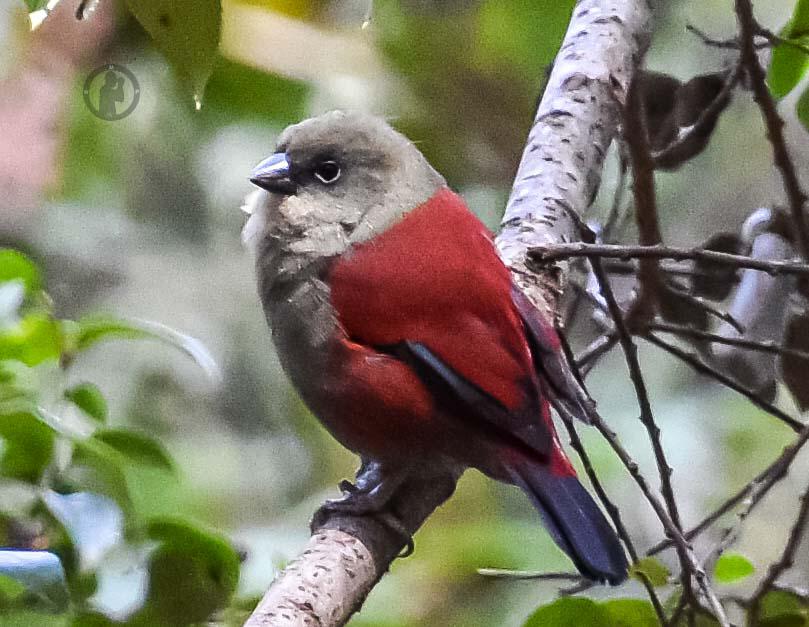
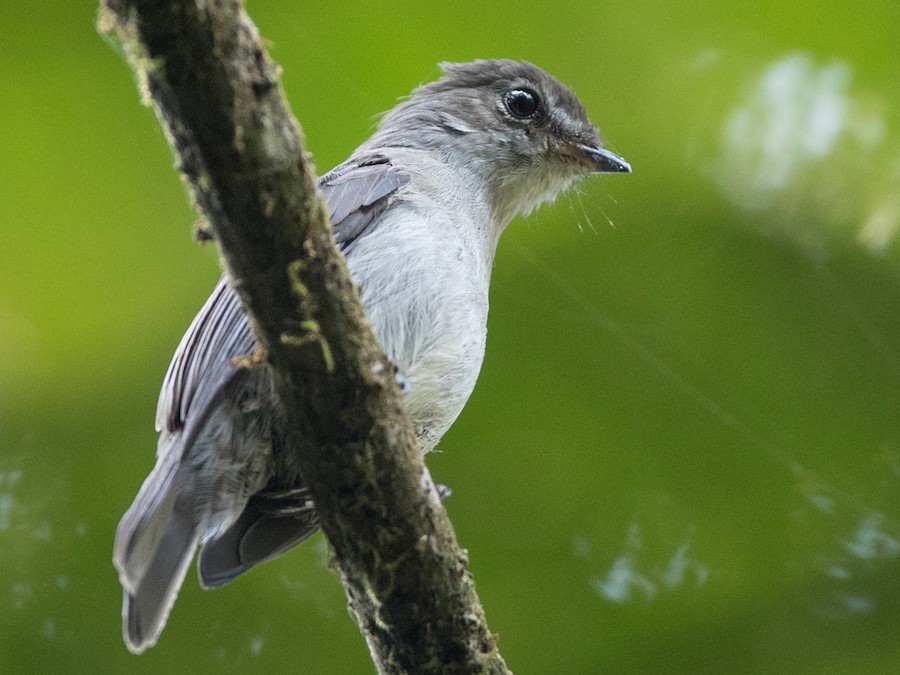
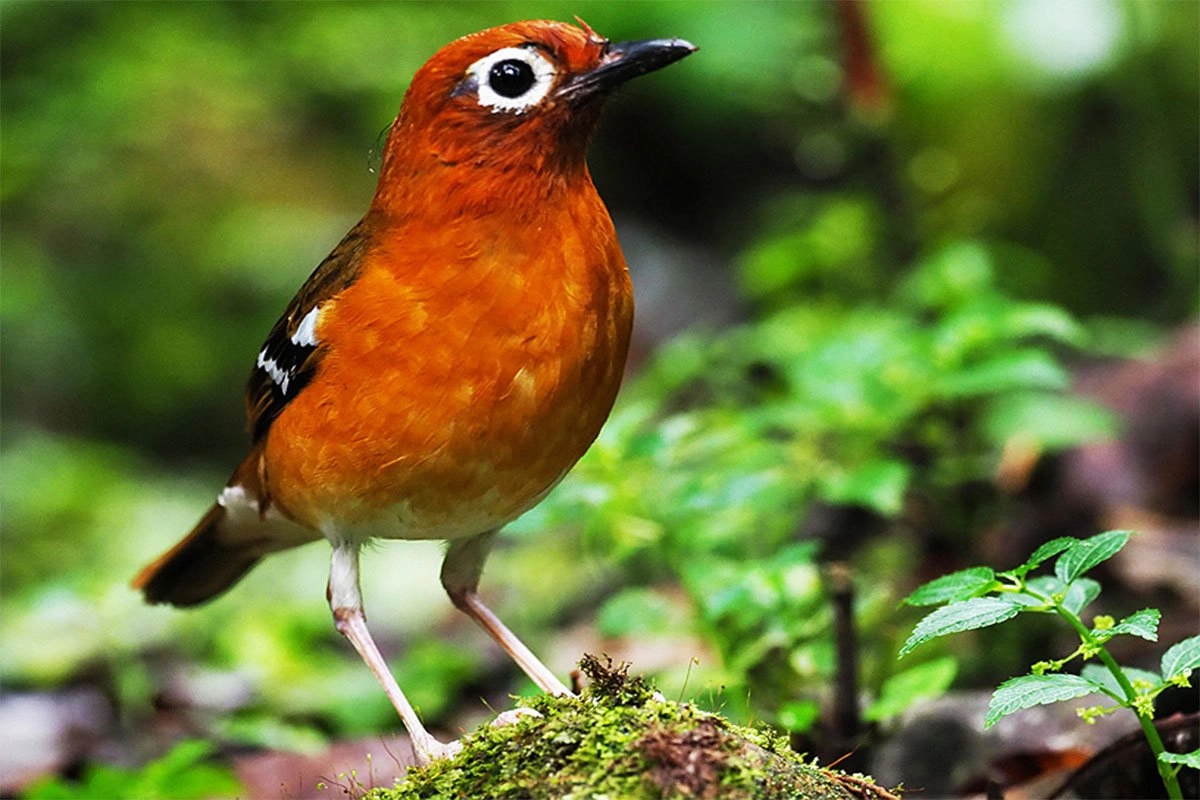
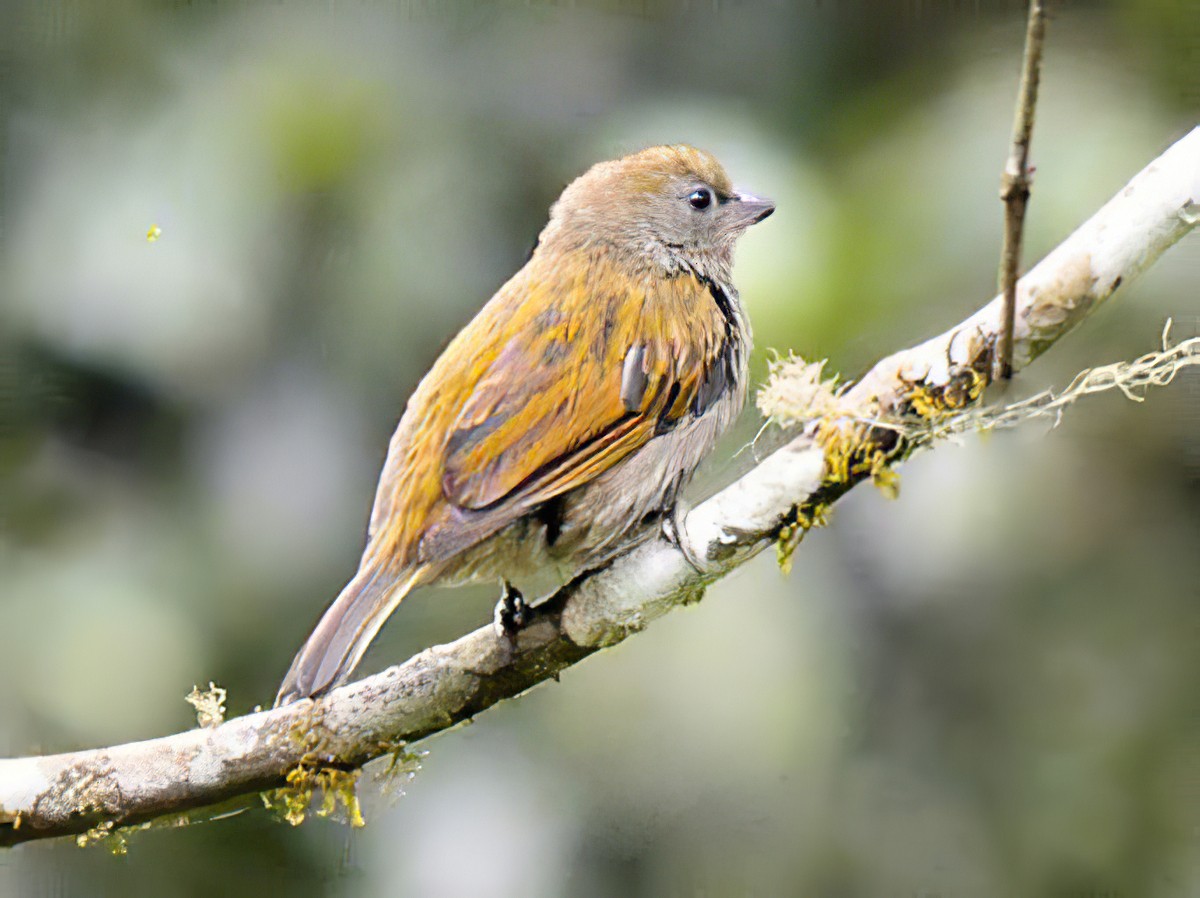
Conservation Efforts in the Albertine Rift
The Albertine Rift's unique bird species are facing numerous threats, primarily due to habitat loss, deforestation, and human encroachment. Conservation organizations and local communities are working tirelessly to address these challenges and protect the region's biodiversity.
•Protected Areas and National Parks
•Sustainable Land-Use Practices
•Raising Awareness and Education




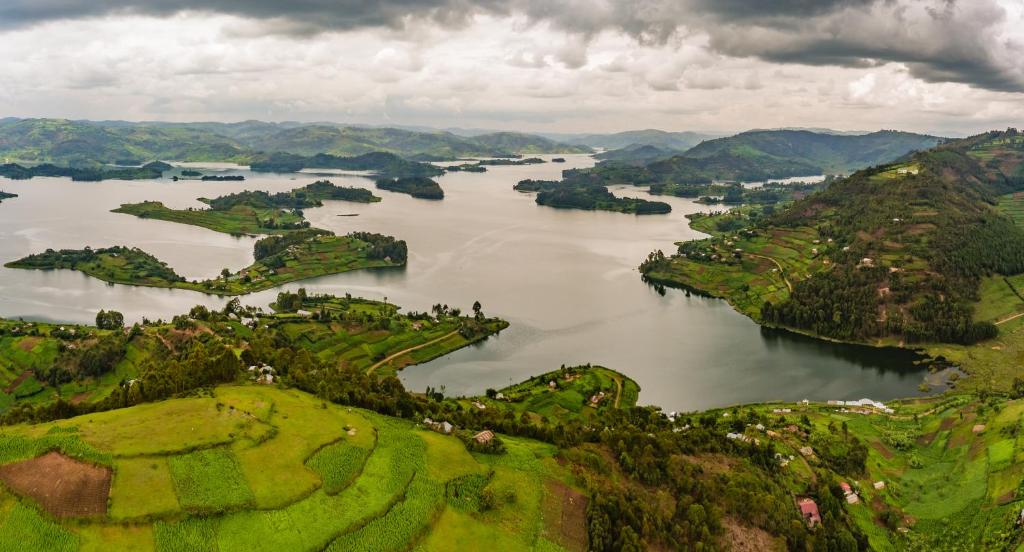
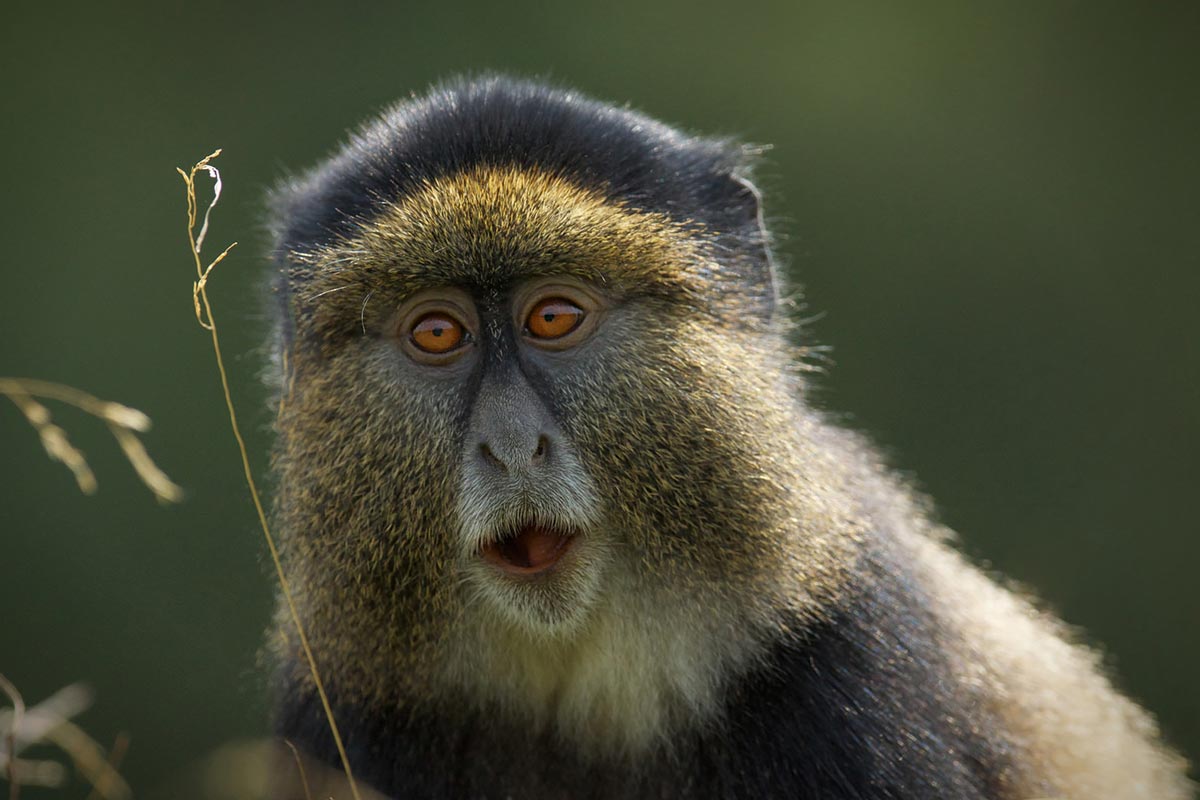


Leave Comment
Send us your valuable feedback about our services